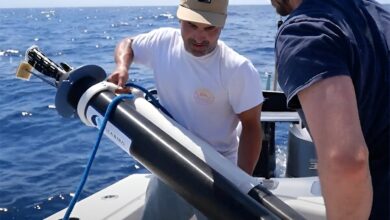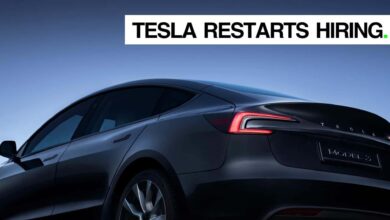BMW begins using human-like robots on production lines


Since the early 1980s, car manufacturers have been using robots on production lines for heavy-duty tasks like welding and assembling parts. But these were basically only automated arms. Now, that is about to change.
For several years, Elon Musk has been presenting the progress of the Optimus humanoid robot that Tesla is developing, among other things for its production lines, but it has not yet started working on them. Now, BMW is overtaking Tesla and has signed a contract with the American company Figure for their human-like robot to work at their factory in Spartanburg, South Carolina, which produces the crossover models X3, X4, X5, X6, and X7.
The humanoid robot can perform delicate assembly tasks that robotic arms are not capable of, and therefore are currently done by human workers, mainly engine assembly, gearbox installation, and passenger cabin parts installation.
Figure’s robot is larger and heavier than the average worker, standing at 1.96 meters and weighing 130 kilograms. But it can also handle heavier weights, does not take smoke breaks or bathroom breaks, leisure or sick days, and only leaves its position every 5 hours to recharge. It walks on two legs and uses two hands with five fingers to move and work, just like a human being, which means it can do everything a human worker does and use its tools without needing the production line adjusted for it. Except maybe for additional charging sockets.
B.M.V.V still does not replace people in production lines: the first robots were used to test their abilities and suitable tasks in the factory. But in the long run, this process has a huge impact on the job market, not only in the USA.
On one hand, in the USA there are millions of unstaffed production jobs, and car manufacturers recently signed new and more expensive labor agreements with the industry workers’ union after a long dispute, and are now looking for ways to reduce costs.
On the other hand, the success of such robots will come at the expense of tens of millions of Americans’ jobs, and even more globally. Just as travel ticket sales websites and hotel room search engines have killed most travel agency jobs, these robots threaten the livelihoods of hundreds of millions of workers.
The company, which was founded with a $20 million investment and its CEO Bert Adcock, has since raised another $70 million. Its robot is supposed to cost $30,000, with its price expected to drop to $20,000 within five years.
“Our robots can actually do everything a human can,” said Adcock. “There is just a lot of work in these facilities that is very difficult to automate, like being mobile on the floor, being skilled – there is a lot of work that we can do. We need humanoid robots in the real world that can do real work.”



